
テートモダンにいったら、
先日まで入口から見えないように工事してたタービンホールの地面に
巨大な亀裂ができていました。奥行き167メートル。
コロンビアのアーティスト、ドリス・サルセド(Doris Salcedo)の作品。
テートのタービンホールでやる空間インスタレーションは毎回レベルが高い。
この場合、作品そのもの意味がどうとかは僕にとってはどうでもよくて、
この作品をみたときの感動は、「こりゃどうやってつくったんだ」っていう驚嘆。
その感動は、プロセスに想いを馳せるところから始まっていることに気がつきます。
感動の種類にもいくつかあって、これはその種の
制作の過程に想いを馳せることで生まれる類の感動なのだと思います。
パソコンで加工して出力されたデジタル写真より、
暗室で色鮮やかにプリントされたアナログ写真のほうが、
うけがいいのもこのせいなのだと、最近は理解してます。
しかしながら、サルセドさん曰く、
「重要なのは、作品の持つ意味です。作り方は重要ではありません」
作品は、人種の間にある深い溝を表現したのだそう。
僕はそれを右から左に受け流して、見入ってしまったのでした。
ちなみに下のサイトから他の作品をみられます。かなり舞台美術の参考になります。
僕もテートモダンくらい大きいな舞台を7000万円くらいの予算で頼まれたら
ヒビよりもっとすごいヒビつくってやるっ。


> ロンドン(London)の近現代美術館、テート・モダン(Tate Modern)で8日、
> コロンビアの芸術家、ドリス・サルセド(Doris Salcedo)の
> インスタレーション展『Shibboleth』が始まった。
> この展示は同美術館内にある奥行き167メートルの
> 「タービン・ホール(Turbine Hall)」のコンクリートの床に、「ひび」を表現したもの。
> ひびは髪の毛の細さのものに始まり、徐々に太く深くなり、床をジクザグにはう。
> 制作には1年、展示には5週間かかったという。
> サルセドは記者団に対し、「重要なのは、作品の持つ意味です。
> 作り方は重要ではありません」と、人種主義や白人と
> その他人種との間の深い溝を表現した作品の意味の重要性を強調した。
> ひびの深さについて聞かれると、「底はありません。人間性と同じくらい深いのです」と答えた。
> 露出しているひびには金網が組み込まれている。
> これは、「境界や仕切りを設ける際、最も一般的に使われている手法」だからだという。
> 「作品は国境、移民の経験、人種差別の経験、人種的憎悪の経験、
> 欧州の中心地に来た第3世界の人たちの経験を表現しています。
> 例えば、不法移民が占拠しているのは負の場所です。
> だから、この作品は負の場所なのです」
> 『Shibboleth』はサルセドが英国で行う初の展覧会。
> もともと発電所だった場所を改築して作ったテート・モダンのタービン・ホールでは毎年、
> ユニリーバ(Unilever)の提供で現代芸術家による
> インスタレーション作品の展示が行われているが、今回はその8回目にあたる。
> 2006年はカールステン・フラー(Carsten Hoeller)の巨大滑り台だった。
> 同美術館では展示の間、スタッフがひびのそばに常駐し、
> 見学者が足を踏み外して落ちたりしないよう、注意を促すという。
> 2008年4月にはひびを埋めることで展示が終了する。
> テート・モダンのニコラス・セロータ(Nicholas Serota)館長は、
> 「痕跡」は「作品の思い出とドリスが取り上げた問題の思い出」として残ると語った。
> Shibbolethはもともと旧約聖書で使われていたヘブライ語で、
> 「よそ者を見分けるための慣習」を意味した。
> Doris Salcedo’s Shibboleth is the first work to intervene directly
> in the fabric of the Turbine Hall.
> Rather than fill this iconic space with a conventional sculpture or installation,
> Salcedo has created a subterranean chasm that stretches the length
> of the Turbine Hall. The concrete walls of the crevice are ruptured
> by a steel mesh fence, creating a tension between these elements
> that resist yet depend on one another. By making the floor
> the principal focus of her project, Salcedo dramatically shifts our perception
> of the Turbine Hall’s architecture, subtly subverting its claims
> to monumentality and grandeur. Shibboleth asks questions
> about the interaction of sculpture and space, about architecture
> and the values it enshrines, and about the shaky ideological foundations
> on which Western notions of modernity are built.
> In particular, Salcedo is addressing a long legacy of racism
> and colonialism that underlies the modern world. A ‘shibboleth’ is a custom,
> phrase or use of language that acts as a test
> of belonging to a particular social group or class.
> By definition, it is used to exclude those deemed unsuitable to join this group.
> ‘The history of racism’, Salcedo writes, ‘runs parallel to the history of modernity,
> and is its untold dark side’. For hundreds of years,
> Western ideas of progress and prosperity have been underpinned
> by colonial exploitation and the withdrawal of basic rights from others.
> Our own time, Salcedo is keen to remind us, remains defined
> by the existence of a huge socially excluded underclass,
> in Western as well as post-colonial societies.
> In breaking open the floor of the museum, Salcedo is exposing
> a fracture in modernity itself. Her work encourages us
> to confront uncomfortable truths about our history
> and about ourselves with absolute candidness, and without self-deception.
参考:
Doris Salcedo – Wikipedia [Link]
Doris Salcedo at Alexander and Bonin [Link]
White Cube — Doris Salcedo [Link]
テート・モダンに意外な「落とし穴」が出現 AFPBB News [Link
ロンドンのテート・モダンで人種差別を表現した「ひび」の展覧会 AFPBB News [Link]

Menu Close
Hall of fame 殿堂入り
-
 【香川】日本のウユニ塩湖。瀬戸内海『父母ヶ浜(ちち...
70.8k件のビュー
【香川】日本のウユニ塩湖。瀬戸内海『父母ヶ浜(ちち...
70.8k件のビュー
-
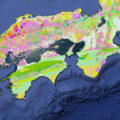 産総研が公開した地質サイトがすごい。四国の地質をみ...
41.7k件のビュー
産総研が公開した地質サイトがすごい。四国の地質をみ...
41.7k件のビュー
-
 「ザ!鉄腕!DASH!!」のダッシュ島は、瀬戸内海...
38.2k件のビュー
「ザ!鉄腕!DASH!!」のダッシュ島は、瀬戸内海...
38.2k件のビュー
-
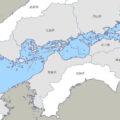 皆さんは「瀬戸内海」って聞くと、どの範囲を想像する...
36.9k件のビュー
皆さんは「瀬戸内海」って聞くと、どの範囲を想像する...
36.9k件のビュー
-
 四国・瀬戸内に移住をお考えの方はこちらへどうぞ。空...
36.1k件のビュー
四国・瀬戸内に移住をお考えの方はこちらへどうぞ。空...
36.1k件のビュー
-
 【徳島】神山の食と農を次世代に繋ぐ『かま屋 』『か...
33.7k件のビュー
【徳島】神山の食と農を次世代に繋ぐ『かま屋 』『か...
33.7k件のビュー
-
 【高知】おやつの神さまが集まるイベント「おやつ神社...
32.5k件のビュー
【高知】おやつの神さまが集まるイベント「おやつ神社...
32.5k件のビュー
-
 瀬戸内にSANAA設計の新しいシンボル建築『新香川...
31.8k件のビュー
瀬戸内にSANAA設計の新しいシンボル建築『新香川...
31.8k件のビュー
-
 瀬戸内海の産業遺産、四阪島(しさかじま) The...
31.2k件のビュー
瀬戸内海の産業遺産、四阪島(しさかじま) The...
31.2k件のビュー
-
 水面に映る桜、鹿の井出水(しかのいですい) ...
29.2k件のビュー
水面に映る桜、鹿の井出水(しかのいですい) ...
29.2k件のビュー
Search 検索
More from my site
- 谷崎潤一郎さんゆかりの地、兵庫で舞台 「春琴」 演出 サイモン・マクバーニー – Shunkin Simon McBurney
- ロンドン・パラリンピックの「Meet The Superhuman」と題されたCMが凄い – Channel 4 Paralympic Games – Meet The Superhuman
- new london bus design – ロンドン・バス デザイン・リニューアル
 セントポール大聖堂 クリスマス・キャロル – Christmas Day, Festal Evensong | St Paul’s Cathedral, London
セントポール大聖堂 クリスマス・キャロル – Christmas Day, Festal Evensong | St Paul’s Cathedral, London- JAPAN CAR – DESIGNS FOR THE CROWDED GLOBE
- テストページ デザイン公開 – 魯祐 公式サイト – yousakana official site | environmental design
 London Christmas Lights 2008 – ロンドン・クリスマス・イルミネーション
London Christmas Lights 2008 – ロンドン・クリスマス・イルミネーション- ロンドン・コベントガーデンで見る。冬のインスタレーション – Constellation, Covent Garden Christmas Lights, London UVA (United Visual Artists)
- Ice Skate at Somerset House – Tiffany & Co. presents
- 農地制度改革案
Random ランダム
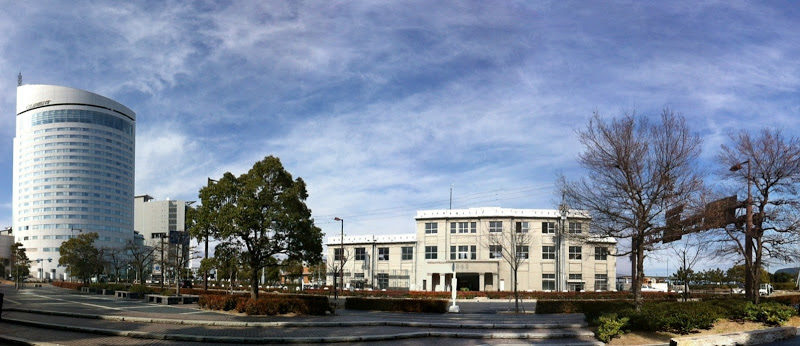 高松で数少ない空襲を逃れた戦前の近代洋風建築「旧高松港管理事務所(旧県営桟橋)」の解体工事が今朝からはじまり、84年の歴史に幕を下ろそうとしています – Kagawa prefectural pier. Demolition workers started to tear down the building in this morning.
高松で数少ない空襲を逃れた戦前の近代洋風建築「旧高松港管理事務所(旧県営桟橋)」の解体工事が今朝からはじまり、84年の歴史に幕を下ろそうとしています – Kagawa prefectural pier. Demolition workers started to tear down the building in this morning.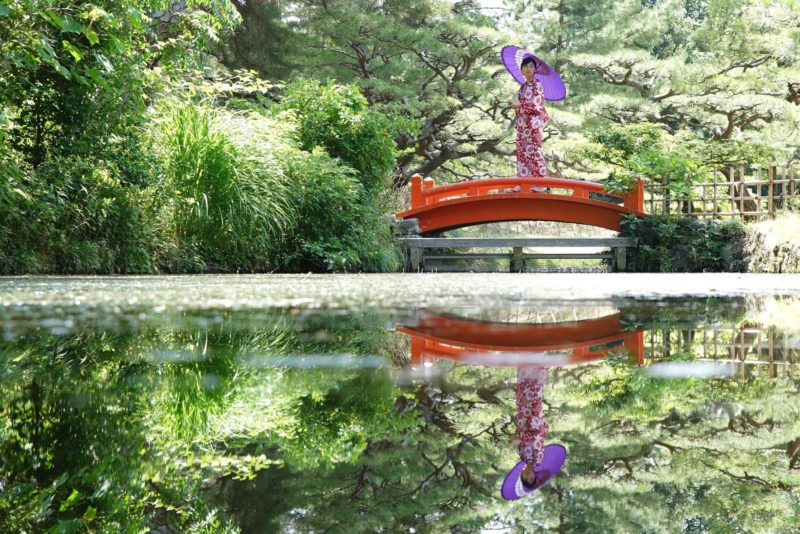 一歩一景の美しさ『栗林公園』 – The daimyo garden given 3-star status by the Michelin Green Guide Japan “Ritsurin Garden”
一歩一景の美しさ『栗林公園』 – The daimyo garden given 3-star status by the Michelin Green Guide Japan “Ritsurin Garden”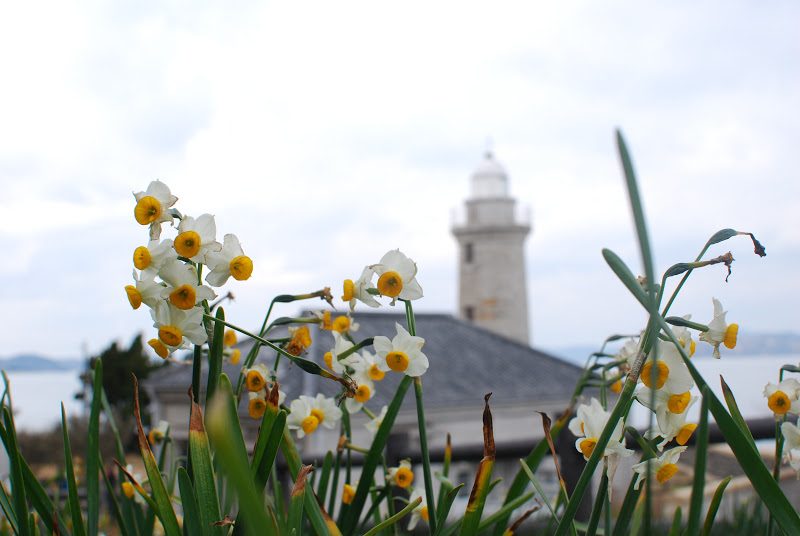 石造りの男木島灯台の内部が一般公開!見て来ました。
石造りの男木島灯台の内部が一般公開!見て来ました。 紫陽花、椿、瀬戸内海の美しさを世界に伝えたシーボルト – Siebold introduced the world to the beauty of hydrangeas, camellias and the Seto Inland Sea
紫陽花、椿、瀬戸内海の美しさを世界に伝えたシーボルト – Siebold introduced the world to the beauty of hydrangeas, camellias and the Seto Inland Sea- 1945年(昭和20年)大空襲で失われた高松城の桜御門(さくらごもん)の規模・構造がほぼ解明され復元へと大きな一歩を進めたそうです #高松 #setoch
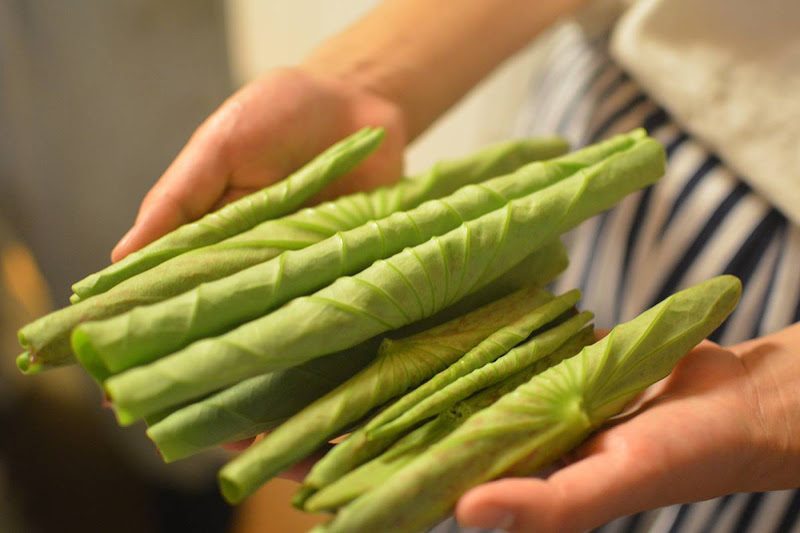 高知県室戸で頂いた古代蓮の「葉」の混ぜご飯
高知県室戸で頂いた古代蓮の「葉」の混ぜご飯![【香川 讃岐十景】奇岩と清流『三霞洞渓谷』 – [Kagawa] Mikado Valley](https://yousakana.jp/wp-content/uploads/2021/11/Kagawa_Mikado-Valley_index-800x534.jpeg) 【香川 讃岐十景】奇岩と清流『三霞洞渓谷』 – [Kagawa] Mikado Valley
【香川 讃岐十景】奇岩と清流『三霞洞渓谷』 – [Kagawa] Mikado Valley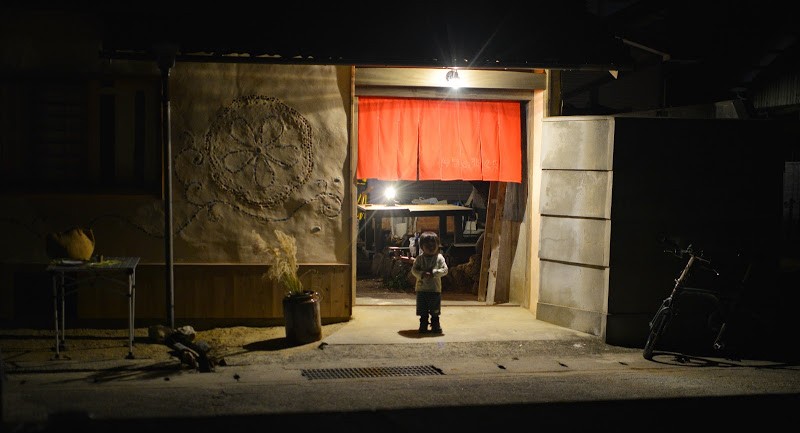 小豆島の古民家カフェ「タコのまくら」 Cafe Takonomakura at Shodoshima island
小豆島の古民家カフェ「タコのまくら」 Cafe Takonomakura at Shodoshima island![【徳島】果樹園がつくる20種類以上の無添加シロップ『川添フルーツ』 – [Tokushima] Kawazoe Fruit](https://yousakana.jp/wp-content/uploads/2021/02/kawazoe-fruit_tokushima_small-800x533.jpg) 【徳島】果樹園がつくる20種類以上の無添加シロップ『川添フルーツ』 – [Tokushima] Kawazoe Fruit
【徳島】果樹園がつくる20種類以上の無添加シロップ『川添フルーツ』 – [Tokushima] Kawazoe Fruit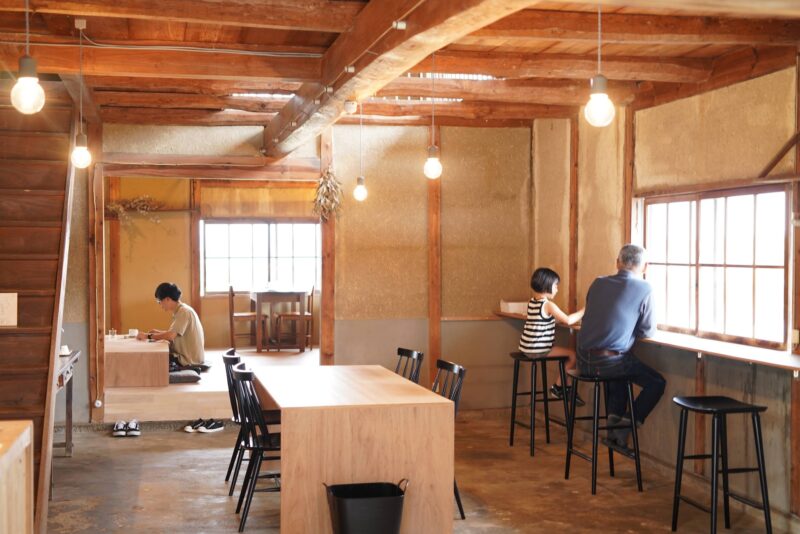 自家焙煎コーヒーとお菓子『サイトウコーヒー』 – Saito Coffee
自家焙煎コーヒーとお菓子『サイトウコーヒー』 – Saito Coffee
月 Month
Links 関連リンク
- 地域経済分析システム(RESAS)
- 観光地域づくり団体 Next IRIAI Lab.
- 一般社団法人arc(あるく)
- 高松市エリアデザイン・アーキテクト
- 瀬戸内国際芸術祭「こえび新聞」
- 【テレビ】every.フライデー | 香川県 RNC西日本放送
コメンテーター 3週毎金曜 15:50〜16:43 - 【ラジオ】波のりラジオ 1449khz | 香川県 RNC西日本放送
毎月第2土曜 12:40頃〜
Search 検索
Random ランダム
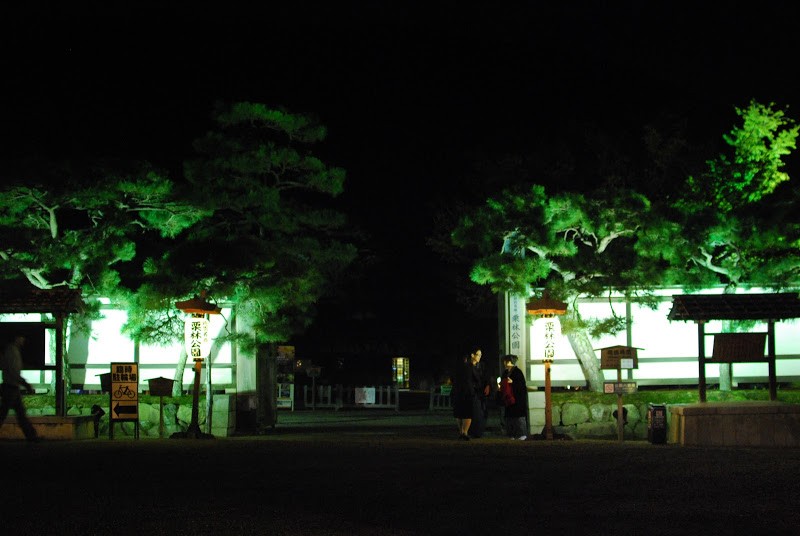 秋の夜長は紅葉の下を散歩しよう。栗林公園 Ritsurin Garden" one of the most beautiful historical gardens in Japan
秋の夜長は紅葉の下を散歩しよう。栗林公園 Ritsurin Garden" one of the most beautiful historical gardens in Japan 名水でつくられた棚田のお米がうまい。日本棚田百選のひとつ小豆島中山地区千枚田
名水でつくられた棚田のお米がうまい。日本棚田百選のひとつ小豆島中山地区千枚田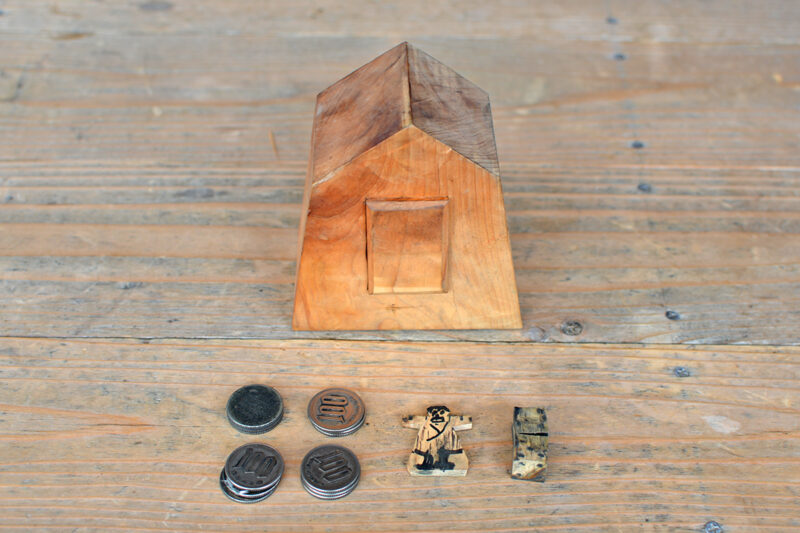 船の魂を込める船大工の技。瀬戸大橋、与島の船大工 – Funadama, the spirits of ships
船の魂を込める船大工の技。瀬戸大橋、与島の船大工 – Funadama, the spirits of ships- Jelly. – 植村百合香
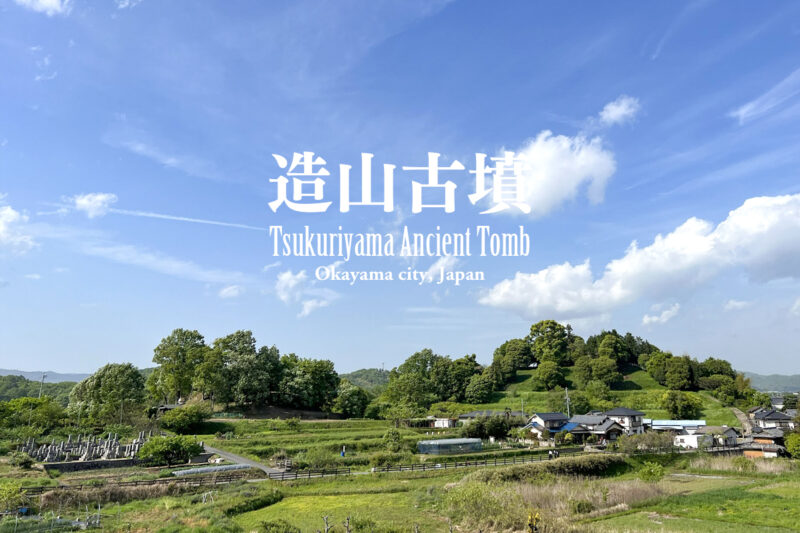 日本最大の登れる古墳『造山古墳』 – Tsukuriyama Ancient Tomb
日本最大の登れる古墳『造山古墳』 – Tsukuriyama Ancient Tomb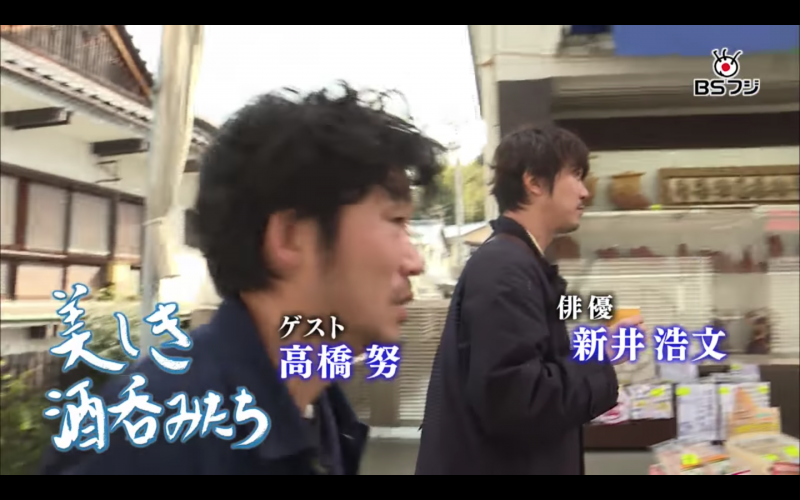 【BSフジ3月31日(土) 23:00~】美しき酒呑みたち香川編
【BSフジ3月31日(土) 23:00~】美しき酒呑みたち香川編![【高知】手結港の可動橋 – [Kochi] Movable bridge at Tei Port.](https://yousakana.jp/wp-content/uploads/2023/07/tei-port_kochi_01-800x533.jpg) 【高知】手結港の可動橋 – [Kochi] Movable bridge at Tei Port.
【高知】手結港の可動橋 – [Kochi] Movable bridge at Tei Port.- 水滴の天井 – Sweating ceiling
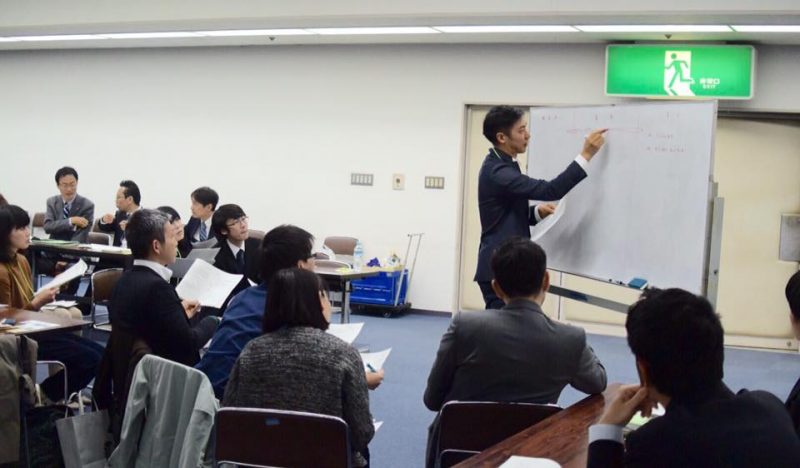 高松市創造都市推進懇談会 U40 2017
高松市創造都市推進懇談会 U40 2017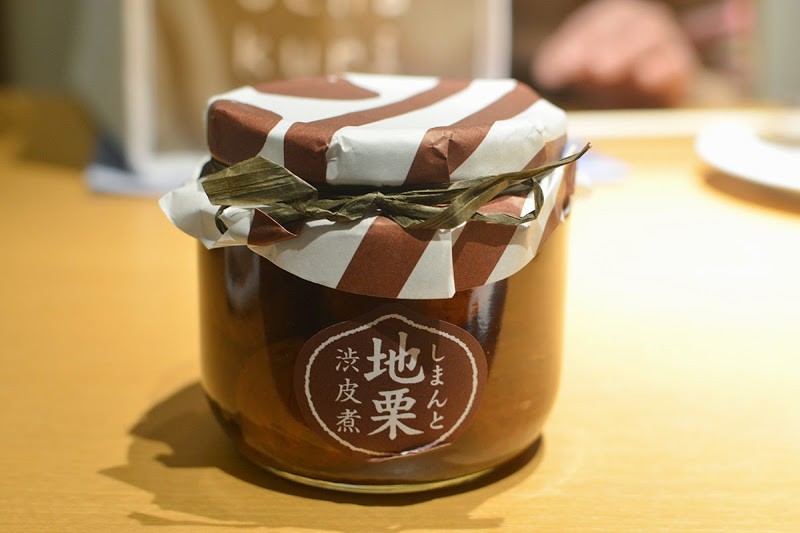 しまんと地栗渋皮煮 Sweet chestnuts of Shimanto, Kochi pref.
しまんと地栗渋皮煮 Sweet chestnuts of Shimanto, Kochi pref.
Random ランダム
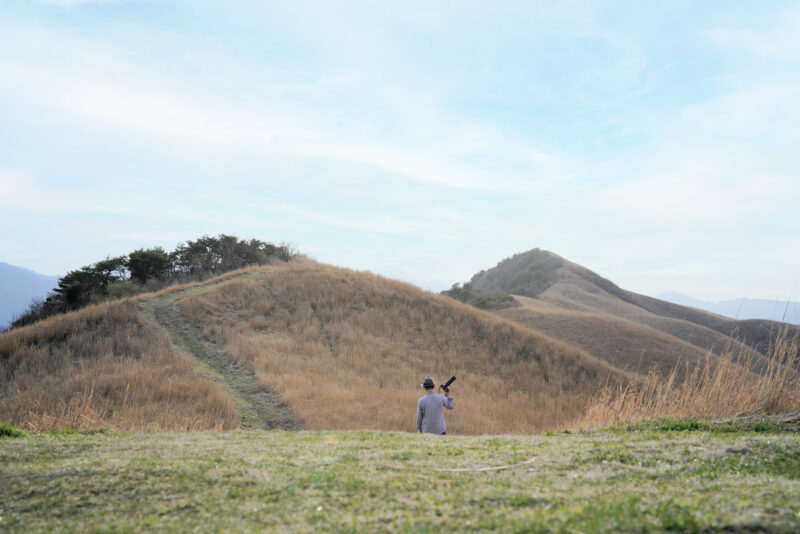 塩塚高原 – Shiozuka Plateau
塩塚高原 – Shiozuka Plateau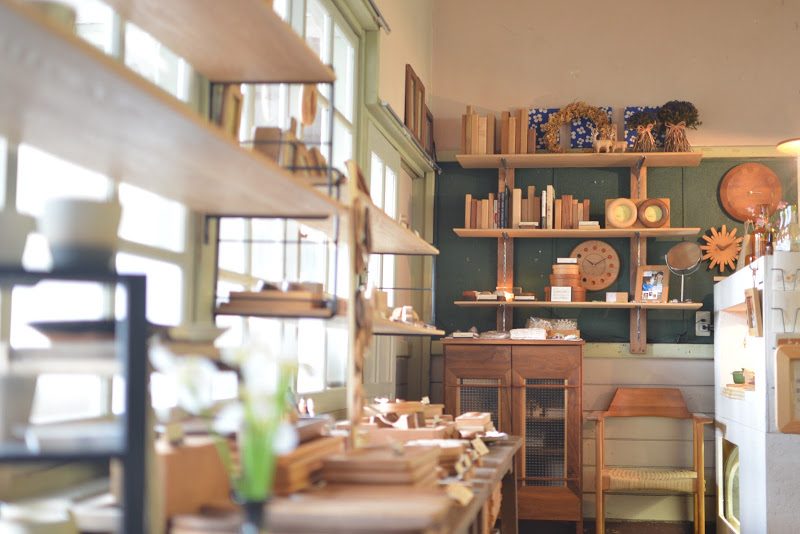 篠山の思い出のイレモノ、モノイレ カフェ monoile cafe at Sasayama
篠山の思い出のイレモノ、モノイレ カフェ monoile cafe at Sasayama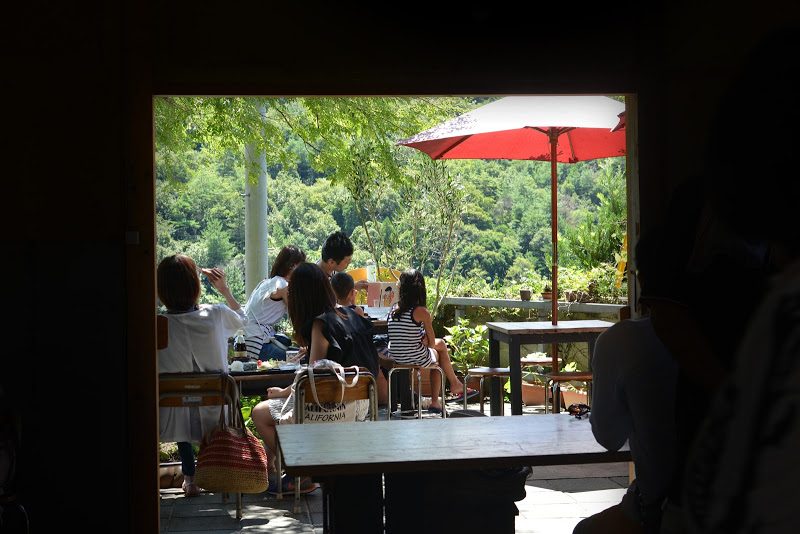 小豆島 こまめ食堂 Komame eating place, Shodoshima island
小豆島 こまめ食堂 Komame eating place, Shodoshima island 春の色で染まる村。さなごうち – Beautiful mimosa tree of Sanagochi village
春の色で染まる村。さなごうち – Beautiful mimosa tree of Sanagochi village- 古賀充 – MITSURU KOGA
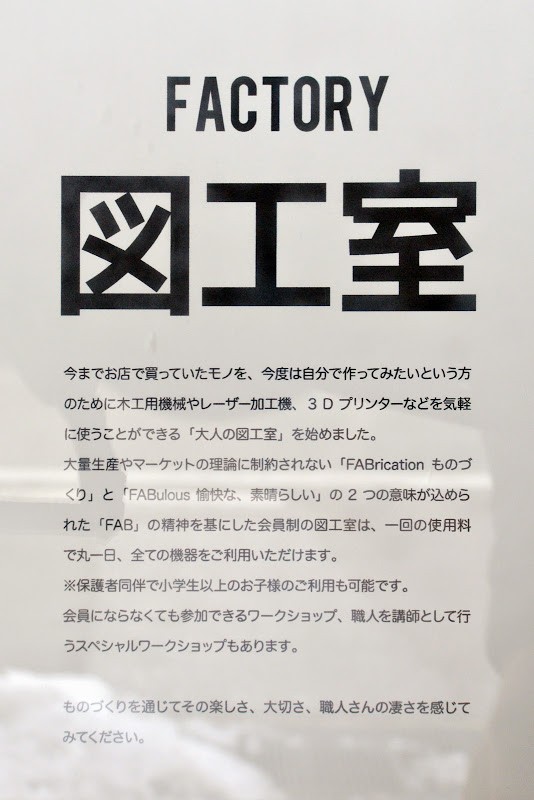 モノづくり市民工房(FAB Space)「はんぶんこ」
モノづくり市民工房(FAB Space)「はんぶんこ」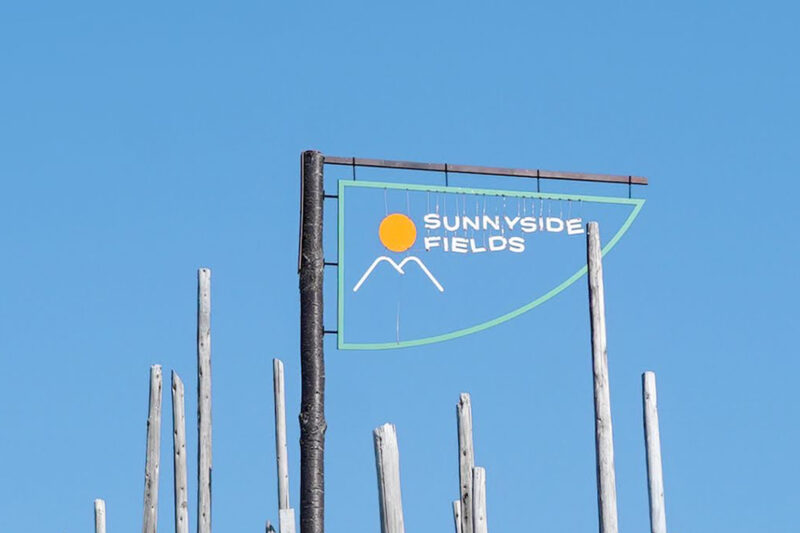 チョコレート工場『サニーサイドフィールズ』 – chocolate factory “SUNNYSIDE FIELDS”
チョコレート工場『サニーサイドフィールズ』 – chocolate factory “SUNNYSIDE FIELDS”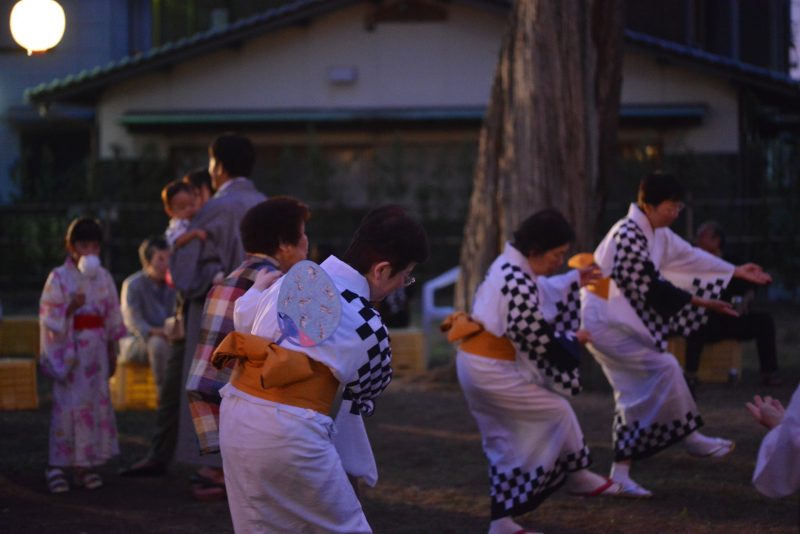 【香川・8/25(土)18時〜】伝統の盆踊り「仁尾踊り」が復活「櫓をかこむ仁尾の夏祭り」
【香川・8/25(土)18時〜】伝統の盆踊り「仁尾踊り」が復活「櫓をかこむ仁尾の夏祭り」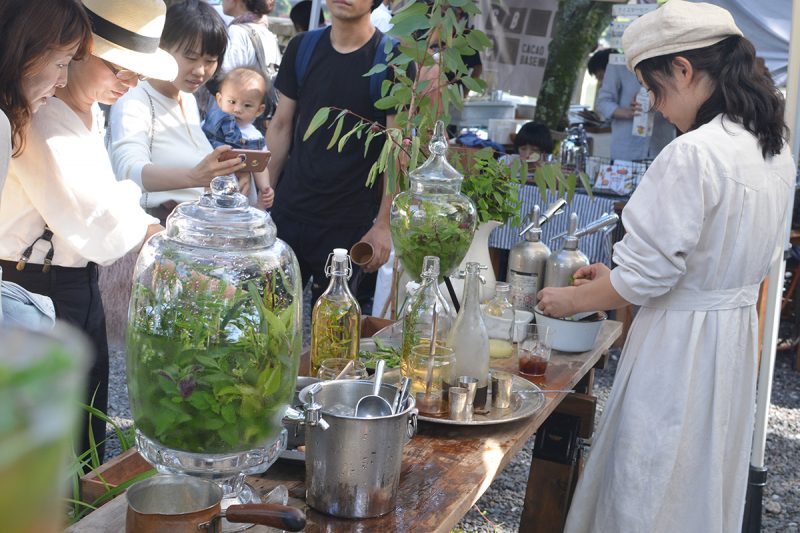 高知で出ったハーブのお店「Equivalent」
高知で出ったハーブのお店「Equivalent」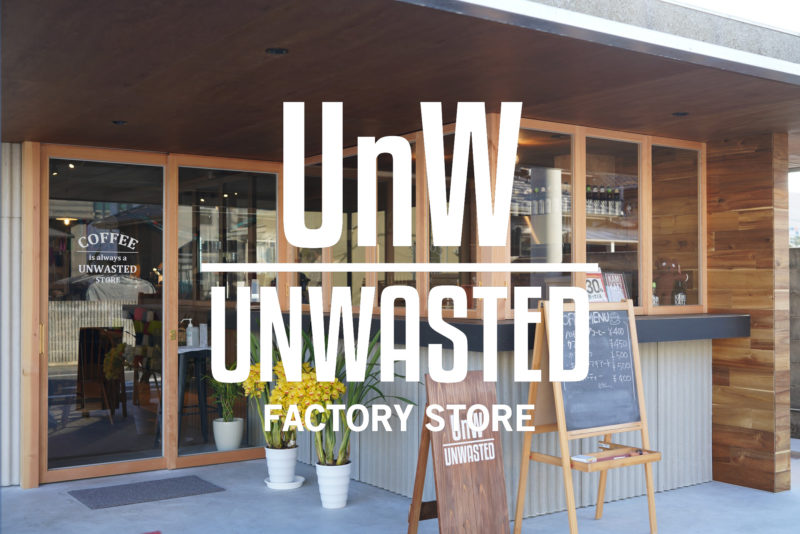 【香川】手袋の街にアウトドアの新たなホットスポットが誕生!『UNWASTED(アンウェイステッド)』
【香川】手袋の街にアウトドアの新たなホットスポットが誕生!『UNWASTED(アンウェイステッド)』
Random ランダム
![【香川】全長300mの池に浮かぶ桜並木『亀鶴公園』 – [Kagawa] Kikaku park, cherry‐tree‐lined path](https://yousakana.jp/wp-content/uploads/2018/04/kikaku-park-800x534.jpg) 【香川】全長300mの池に浮かぶ桜並木『亀鶴公園』 – [Kagawa] Kikaku park, cherry‐tree‐lined path
【香川】全長300mの池に浮かぶ桜並木『亀鶴公園』 – [Kagawa] Kikaku park, cherry‐tree‐lined path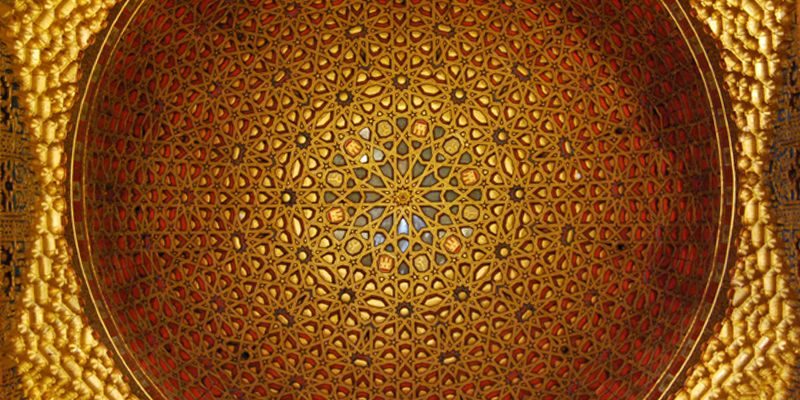 ムデハル様式 アルカサル – estilo mudejar, Reales Alcazares
ムデハル様式 アルカサル – estilo mudejar, Reales Alcazares![【徳島】世界最大規模、地球を感じる!『鳴門の渦潮』 – [Tokushima] Feel the Earth “Naruto whirlpools”](https://yousakana.jp/wp-content/uploads/2019/03/uzushio-800x534.jpg) 【徳島】世界最大規模、地球を感じる!『鳴門の渦潮』 – [Tokushima] Feel the Earth “Naruto whirlpools”
【徳島】世界最大規模、地球を感じる!『鳴門の渦潮』 – [Tokushima] Feel the Earth “Naruto whirlpools”![【愛媛】1200年以上前の物語を残す伊予灘に浮かぶ『綱掛岩』 – [Ehime] Tsunakakeiwa Rock, Mishima shrine](https://yousakana.jp/wp-content/uploads/2020/09/Tsunakakeiwa-Rock-800x534.jpg) 【愛媛】1200年以上前の物語を残す伊予灘に浮かぶ『綱掛岩』 – [Ehime] Tsunakakeiwa Rock, Mishima shrine
【愛媛】1200年以上前の物語を残す伊予灘に浮かぶ『綱掛岩』 – [Ehime] Tsunakakeiwa Rock, Mishima shrine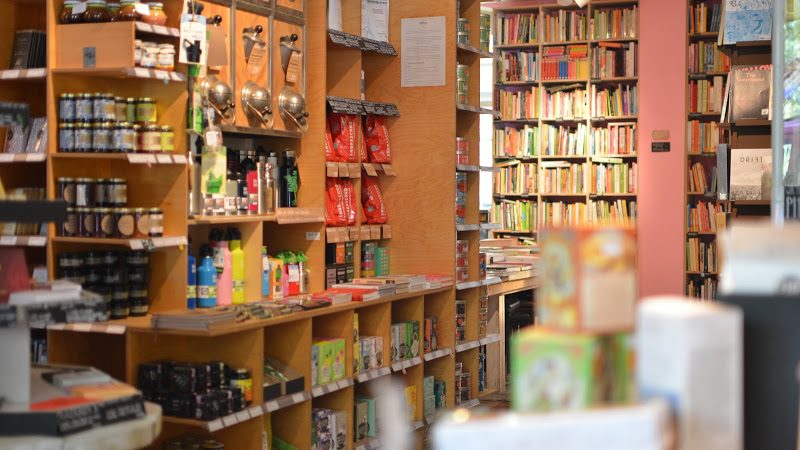 食材とレシピ本と料理教室「Goldhahn & Sampson」
食材とレシピ本と料理教室「Goldhahn & Sampson」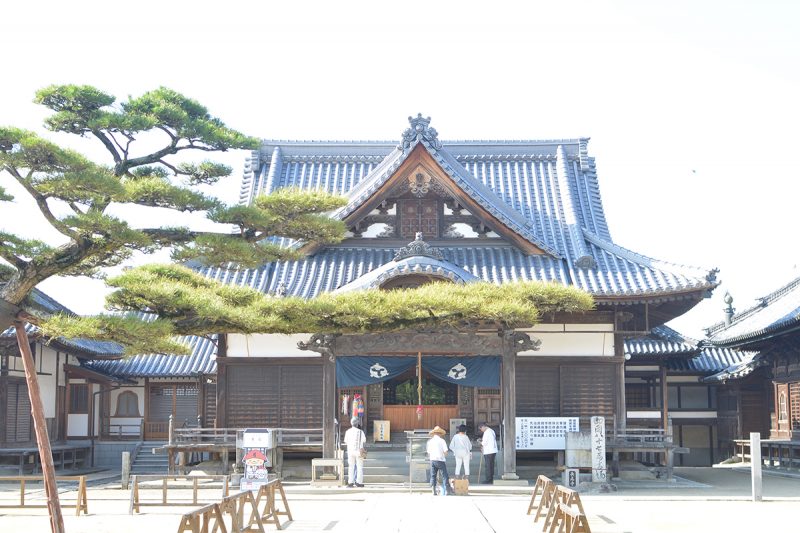 四国230年のお遍路おもてなしの記録『俵札(たわらふだ)』 – Tawarafuda, a record of 230 years of pilgrimage hospitality in Shikoku.
四国230年のお遍路おもてなしの記録『俵札(たわらふだ)』 – Tawarafuda, a record of 230 years of pilgrimage hospitality in Shikoku. すだちの花がいい香り。村すだち
すだちの花がいい香り。村すだち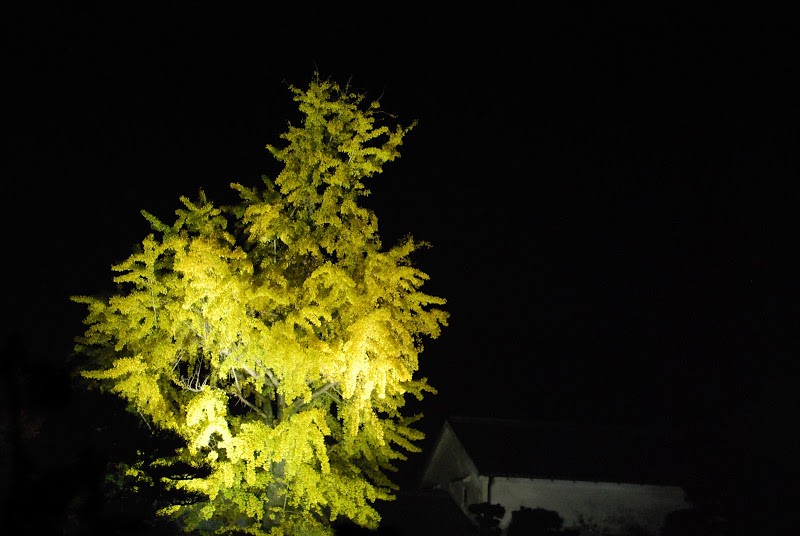 栗林公園(りつりんこうえん)の銀杏が美しい The Ritsurin Garden’s yellow beauty of a ginkgo tree.
栗林公園(りつりんこうえん)の銀杏が美しい The Ritsurin Garden’s yellow beauty of a ginkgo tree.- AJI PROJECT・庵治プロジェクト
![日本最古の石積式マルチプルアーチダム 国指定重要文化財 豊稔池ダム – [Kagawa] Tail water of Hōnenike Dam](https://yousakana.jp/wp-content/uploads/2015/09/DSC_0023-800x532.jpg) 日本最古の石積式マルチプルアーチダム 国指定重要文化財 豊稔池ダム – [Kagawa] Tail water of Hōnenike Dam
日本最古の石積式マルチプルアーチダム 国指定重要文化財 豊稔池ダム – [Kagawa] Tail water of Hōnenike Dam
Random ランダム
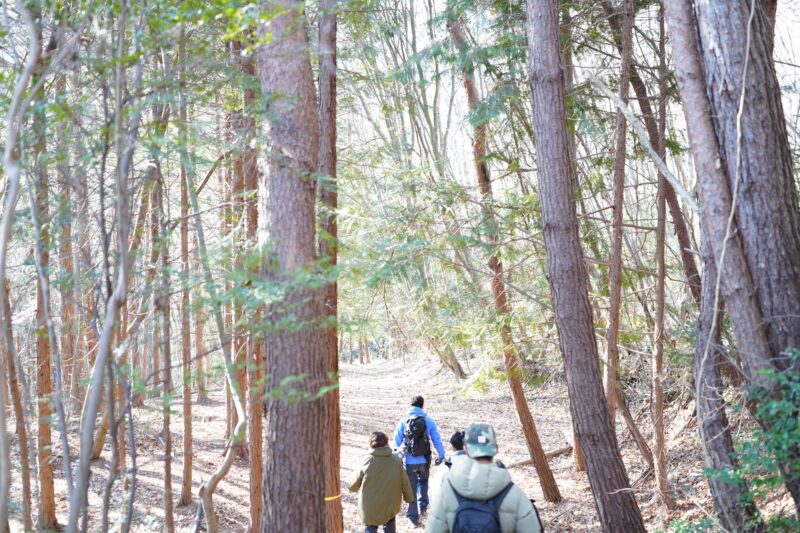 辰年に香川県最高峰、竜王山へ – Climbing Mt Ryuoh, the highest peak in Kagawa Prefecture, in the Year of the Dragon.
辰年に香川県最高峰、竜王山へ – Climbing Mt Ryuoh, the highest peak in Kagawa Prefecture, in the Year of the Dragon.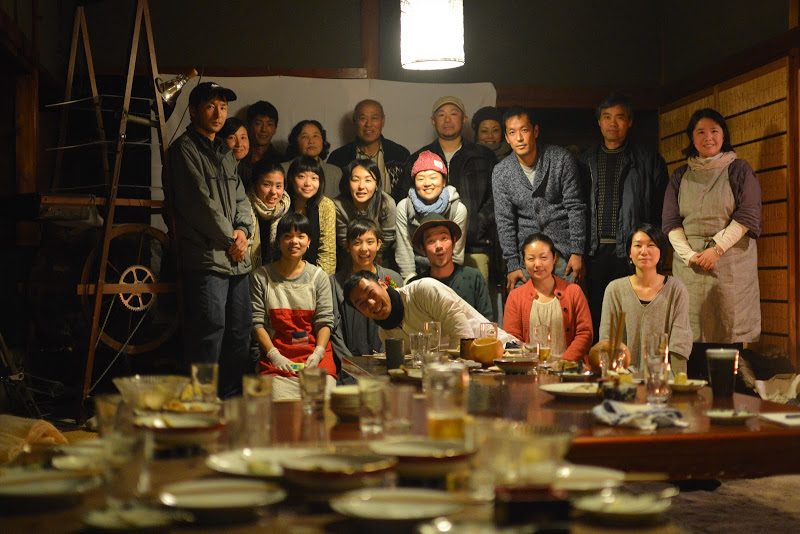 ウサギニンゲンライブ at 豊島・食堂101号室 – usaginingen live at Teshima island
ウサギニンゲンライブ at 豊島・食堂101号室 – usaginingen live at Teshima island 【香川・8/25(土)18時〜】伝統の盆踊り「仁尾踊り」が復活「櫓をかこむ仁尾の夏祭り」
【香川・8/25(土)18時〜】伝統の盆踊り「仁尾踊り」が復活「櫓をかこむ仁尾の夏祭り」 吉野川沿いの菜の花畑 – Canola flowers of Yoshino river, Tokushima pref.
吉野川沿いの菜の花畑 – Canola flowers of Yoshino river, Tokushima pref.![【徳島】サーフィンとコーヒーをこよなく愛すマスターのお店『とよとみ珈琲』 – [Tokushima] Toyotomi Coffee](https://yousakana.jp/wp-content/uploads/2020/04/toyotomi-coffee.jpg) 【徳島】サーフィンとコーヒーをこよなく愛すマスターのお店『とよとみ珈琲』 – [Tokushima] Toyotomi Coffee
【徳島】サーフィンとコーヒーをこよなく愛すマスターのお店『とよとみ珈琲』 – [Tokushima] Toyotomi Coffee- ケータイがケータイし忘れていたもの展 – au design project
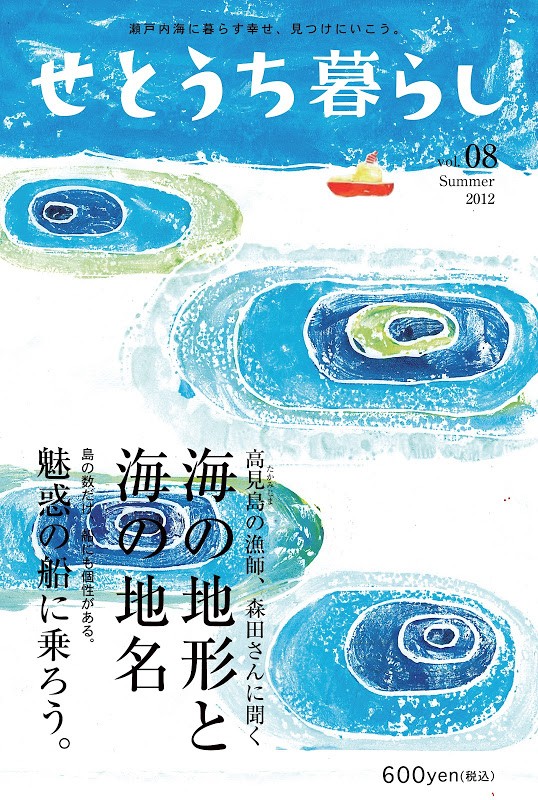 せとうち暮らし 高見島の素潜り漁の漁師さんが見る世界とは!?
せとうち暮らし 高見島の素潜り漁の漁師さんが見る世界とは!?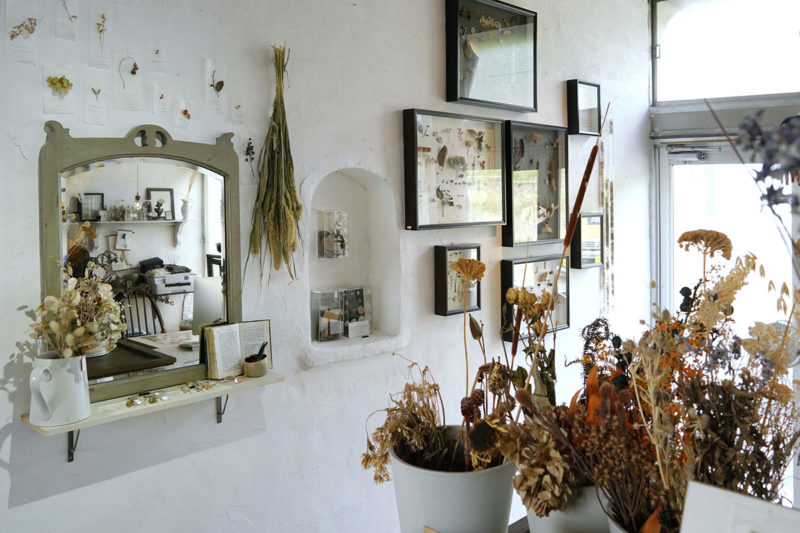 植物標本が美しい『エレー』 – Botanical specimen “errer”
植物標本が美しい『エレー』 – Botanical specimen “errer”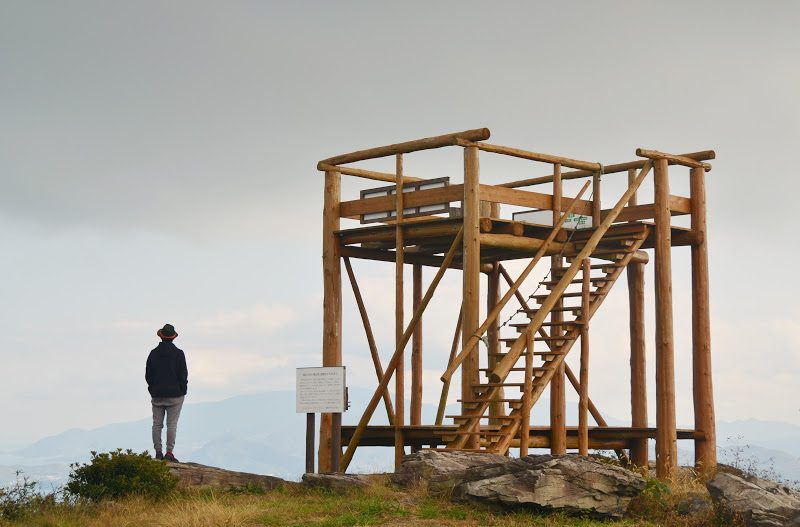 豊島の壇山 – Mt. Danyama, Teshima island
豊島の壇山 – Mt. Danyama, Teshima island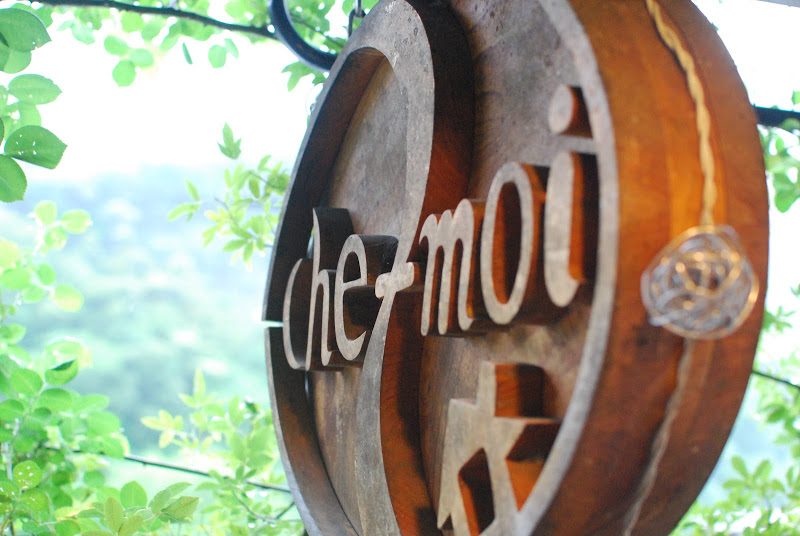 【森のパン屋さん】 森のまち梼原(ゆすはら)にある「我が家」という名のパン屋。chez-moi(シェ・ムワ)
【森のパン屋さん】 森のまち梼原(ゆすはら)にある「我が家」という名のパン屋。chez-moi(シェ・ムワ)
Random ランダム
 【まるで王家の谷】五色台からみた王越(おうごし)と瀬戸内海の眺め
【まるで王家の谷】五色台からみた王越(おうごし)と瀬戸内海の眺め- 闇に浮かぶ7色の花 – イルミネーションローズ Illumination Rose
- 消える提灯、現れる桜 – 十二夜 NINAGAWA
 かつての瀬戸内の小島、天狗の休憩処「芝山神社」 – Shibayama shrine
かつての瀬戸内の小島、天狗の休憩処「芝山神社」 – Shibayama shrine ケーキにフォークを刺すのがドイツ式!
ケーキにフォークを刺すのがドイツ式! 麦秋(ばくしゅう)の讃岐平野 – Wheat field of Sanuki
麦秋(ばくしゅう)の讃岐平野 – Wheat field of Sanuki 四国・瀬戸内に移住をお考えの方はこちらへどうぞ。空き家紹介サイトなどまとめました。
四国・瀬戸内に移住をお考えの方はこちらへどうぞ。空き家紹介サイトなどまとめました。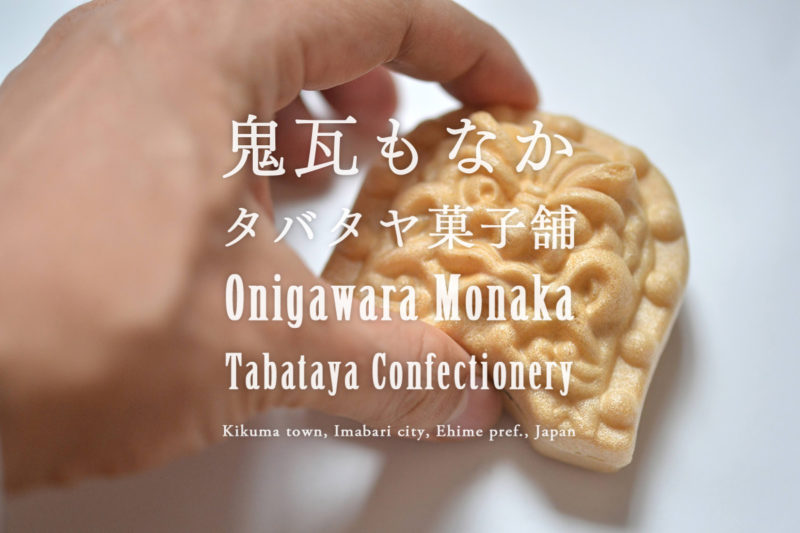 【日本一怖い模様のもなか!?】厄除けもなか タバタヤ菓子舗『鬼瓦もなか』 – “Onigawara Monaka” of Tabataya confectionery
【日本一怖い模様のもなか!?】厄除けもなか タバタヤ菓子舗『鬼瓦もなか』 – “Onigawara Monaka” of Tabataya confectionery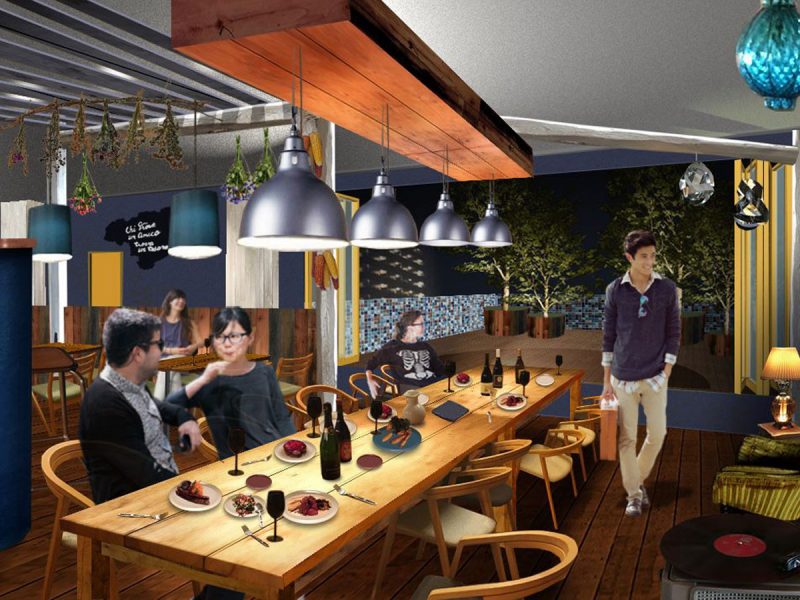 日本初!徳島県の魅力を発信するオーベルジュ型アンテナショップ「Turn Table(ターンテーブル)」が渋谷にオープン
日本初!徳島県の魅力を発信するオーベルジュ型アンテナショップ「Turn Table(ターンテーブル)」が渋谷にオープン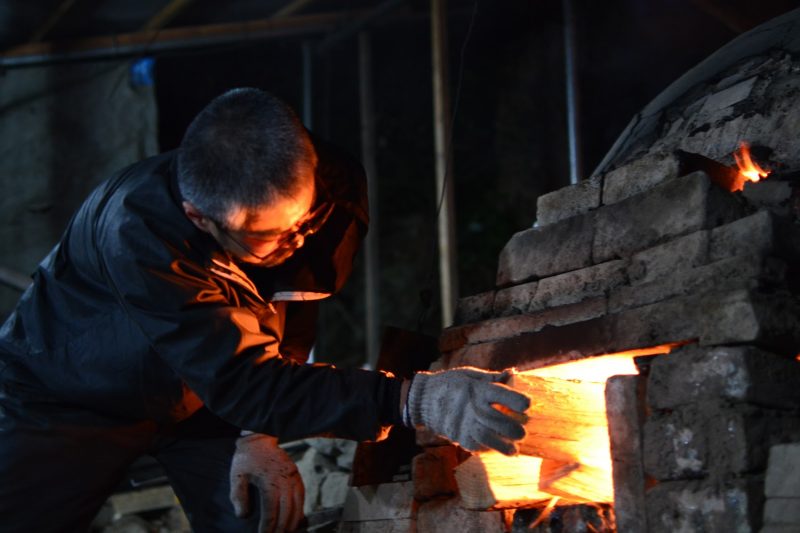 中川政七商店『さんち』で陶芸家・田淵太郎さん
中川政七商店『さんち』で陶芸家・田淵太郎さん
Random ランダム
 高知県、食の旅。四万十町の栗と中土佐町のカツオ
高知県、食の旅。四万十町の栗と中土佐町のカツオ![【徳島】神山町江田、棚田に菜の花の黄色い絨毯 – [Tokushima] The beautiful field mustard at Kamiyama](https://yousakana.jp/wp-content/uploads/2016/03/nanohana-kamiyama-800x533.jpg) 【徳島】神山町江田、棚田に菜の花の黄色い絨毯 – [Tokushima] The beautiful field mustard at Kamiyama
【徳島】神山町江田、棚田に菜の花の黄色い絨毯 – [Tokushima] The beautiful field mustard at Kamiyama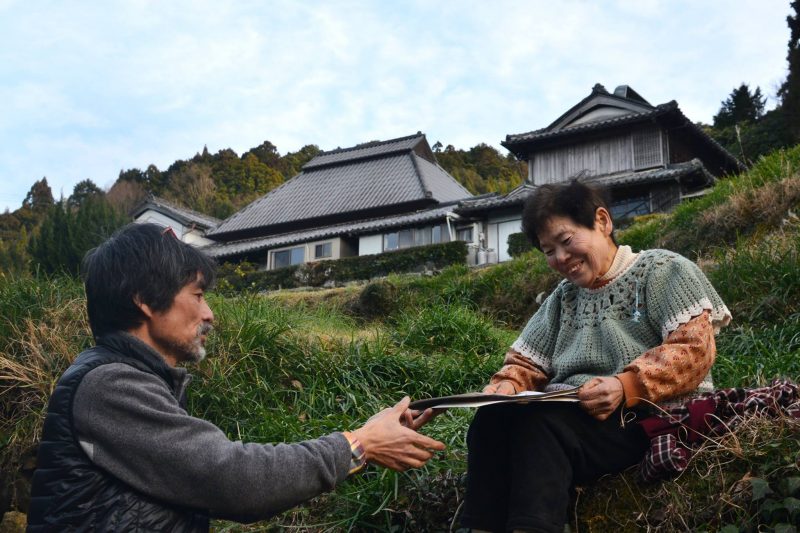 佐那河内村・蝮塚(はめづか)の岩佐さんの古民家へ
佐那河内村・蝮塚(はめづか)の岩佐さんの古民家へ- 水を感じるペットボトル – Lanjaron Mineral Water
![【香川】モロッコの伝統ラグ『ボ・シャルウィット』 – [Kagawa] Boucherouite shop “maroc”](https://yousakana.jp/wp-content/uploads/2023/08/Boucherouite-shop-maroc-800x533.jpeg) 【香川】モロッコの伝統ラグ『ボ・シャルウィット』 – [Kagawa] Boucherouite shop “maroc”
【香川】モロッコの伝統ラグ『ボ・シャルウィット』 – [Kagawa] Boucherouite shop “maroc” 四国・瀬戸内に移住をお考えの方はこちらへどうぞ。空き家紹介サイトなどまとめました。
四国・瀬戸内に移住をお考えの方はこちらへどうぞ。空き家紹介サイトなどまとめました。 瀬戸の郵便船「郵政丸」 Mail ship of Seto Inland Sea
瀬戸の郵便船「郵政丸」 Mail ship of Seto Inland Sea 鯖でつくったサバ•ビアンコ
鯖でつくったサバ•ビアンコ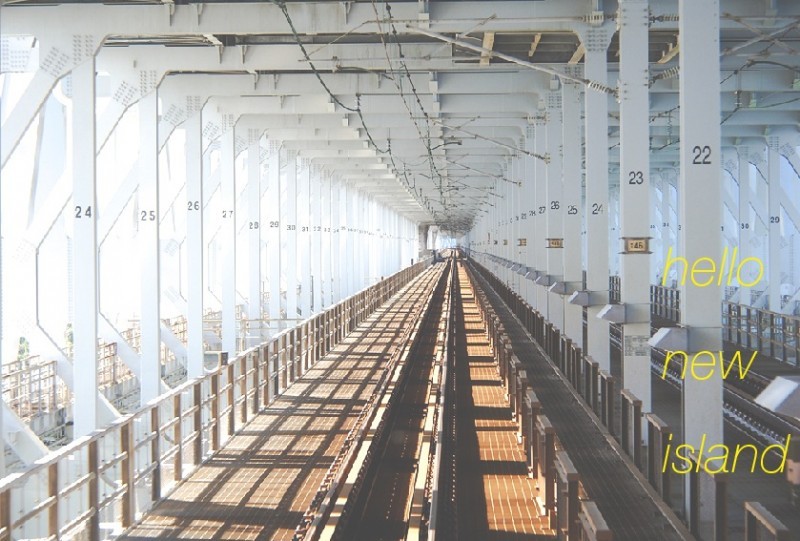 人気の旅ベーグルが香川県丸亀市にオープン!
人気の旅ベーグルが香川県丸亀市にオープン!- 染司よしおか銀座
Random ランダム
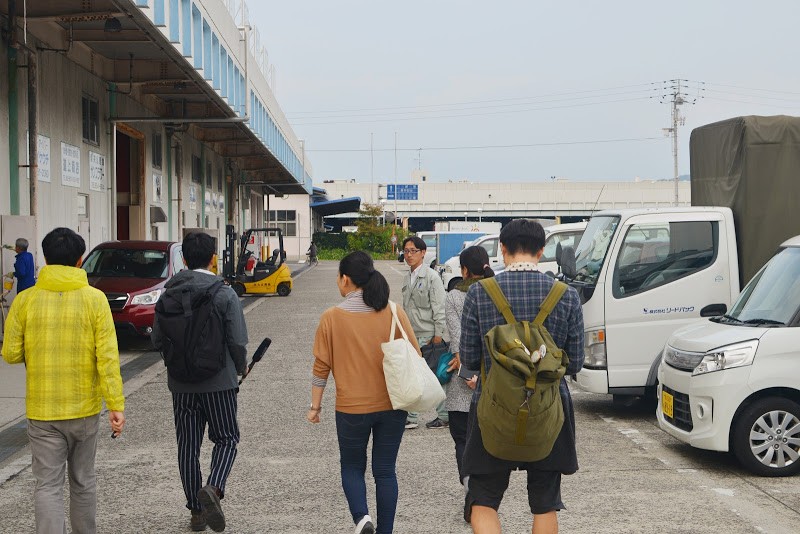 EATBEAT! 高松中央卸売市場視察 ちくわ屋さん
EATBEAT! 高松中央卸売市場視察 ちくわ屋さん- T.Y.HARBOR BREWERY – 寺田倉庫
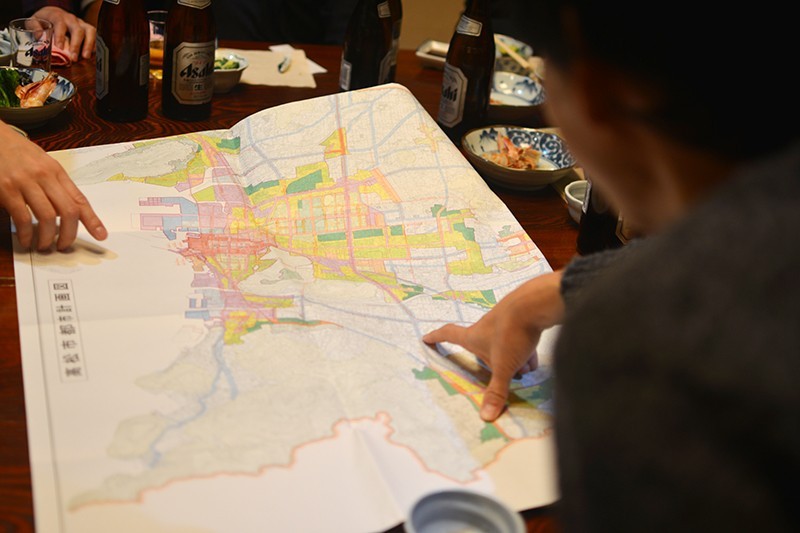 地図を広げて高松を眺める
地図を広げて高松を眺める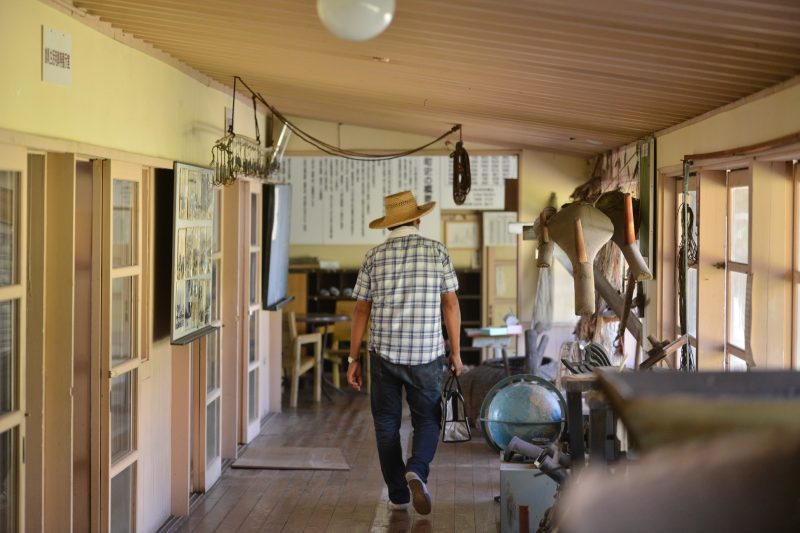 島に伝わる歴史を知る『伊吹島民俗資料館』 – The Museum of History and Folklore of Ibuki island
島に伝わる歴史を知る『伊吹島民俗資料館』 – The Museum of History and Folklore of Ibuki island イワシやサヨリの天日干し Dry in the sun of fishes
イワシやサヨリの天日干し Dry in the sun of fishes 高松市MICE振興戦略策定懇談会
高松市MICE振興戦略策定懇談会![【香川 秋冬限定】オリーブハマチ丼 – [Kagawa Olive Hamachi season] Rice bowl topped with Olive Hamachi (yellow-tail)](https://yousakana.jp/wp-content/uploads/2020/09/Olive-Hamachi-800x534.jpg) 【香川 秋冬限定】オリーブハマチ丼 – [Kagawa Olive Hamachi season] Rice bowl topped with Olive Hamachi (yellow-tail)
【香川 秋冬限定】オリーブハマチ丼 – [Kagawa Olive Hamachi season] Rice bowl topped with Olive Hamachi (yellow-tail)![【静岡】日本初!泊まれる公園『インザパーク』 – [Shizuoka] The park to be able to stay “INN THE PARK”](https://yousakana.jp/wp-content/uploads/2020/12/inn-the-park-800x534.jpg) 【静岡】日本初!泊まれる公園『インザパーク』 – [Shizuoka] The park to be able to stay “INN THE PARK”
【静岡】日本初!泊まれる公園『インザパーク』 – [Shizuoka] The park to be able to stay “INN THE PARK”- 今週末は、東京で素晴らしい展覧会が2つ終了します。「バーナード・リーチ展」「テマヒマ展」 #東京
 【香川初!7/13-15 予約不要・無料】海上自衛隊 護衛艦 「きりしま」一般公開
【香川初!7/13-15 予約不要・無料】海上自衛隊 護衛艦 「きりしま」一般公開


![【香川】春日川の川市 – [Kagawa] River market of Kasuga river](https://yousakana.jp/wp-content/uploads/wordpress-popular-posts/49605-featured-120x120.jpeg)





![【香川 4/21】アスパラ大騒ぎ 2024 - [Kagawa Apr. 21] Aspara Osawagi 2024](https://yousakana.jp/wp-content/uploads/wordpress-popular-posts/27191-featured-120x120.jpg)



コメントを残す